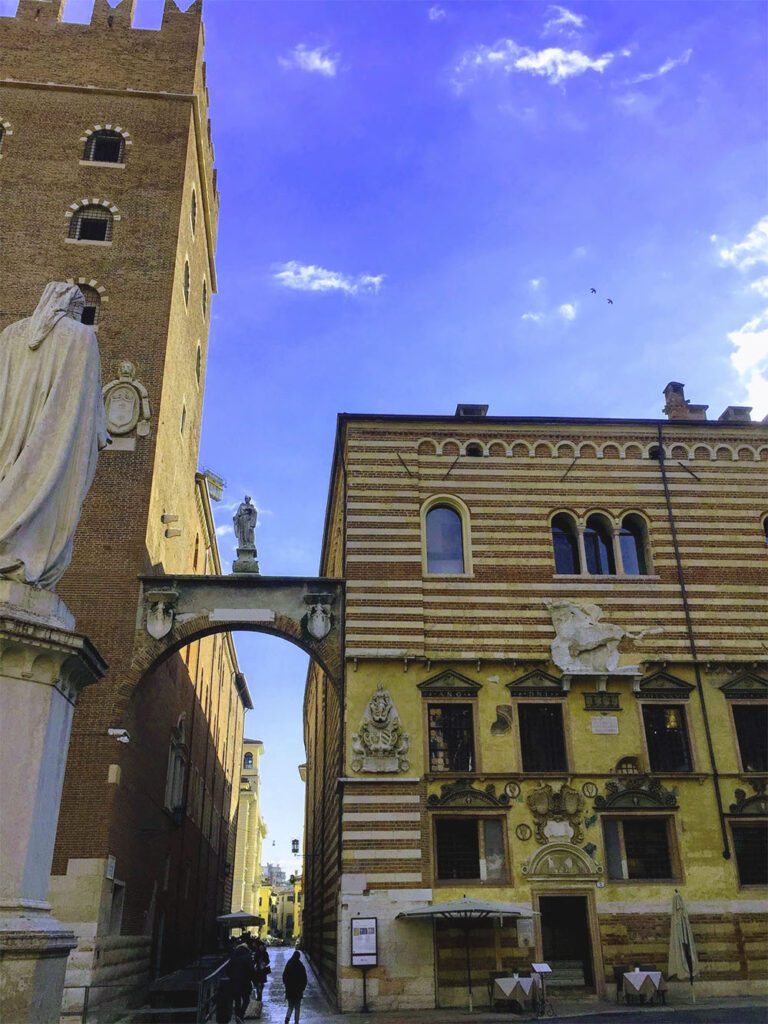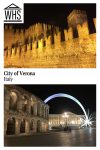City of Verona
By Kemkem Casinelli
What is the city of Verona?
The historic city of Verona is located in northern Italy along the River Adige at the bottom of the Lessini Mountains. The city was developed between the 4th and the 3rd century BC and at various times has been ruled not just by the Romans, but by the Lombards, Charlemagne, and the Austrian Empire before it became part of Italy in 1866.
Disclosure: This article contains affiliate links. Making a purchase through an affiliate link will mean a small commission for this website. This will not affect your price. Privacy policy.

The core of the city still contains the remnants of many Roman-era buildings. The city grew and evolved from then on and includes historic buildings from many periods.
Why is Verona a UNESCO World Heritage Site?
According to the UNESCO list “In its urban structure and its architecture, Verona is an outstanding example of a town that has developed progressively and uninterruptedly over 2,000 years, incorporating artistic elements of the highest quality from each succeeding period.”
What can you expect on a visit to Verona?
Visiting the city transforms you back in time to the days of gladiators and the young lovers Romeo and Juliet. Most of the popular sites are located in the old center, where you can see the remains of the fortified walls.
Here are some of the main sites in the city:
- Arena di Verona, a Roman amphitheater built in about 30 AD, where concerts are still held in the summer. It will remind you of the days of the gladiators when it used to have a seating capacity of 30,000.
- The Piazza Bra, the largest plaza in Verona, sits right across from the arena and is a fantastic place to grab a bite or drink and people watch. It is surrounded by historical buildings from various periods.
- Piazza delle Erbe, a market square surrounded by historic buildings.
- Piazza dei Signori, surrounded by several historic palaces.
- Casa de Julieta, a 14th-century house where Juliet supposedly lived. Read some of the love letters and notes sent to the young girl.
- Head to Santa Maria Cemetery and admire the amazing Gothic and Romanesque architecture.

Is Verona worth visiting?
Verona is definitely worthy of a visit. A weekend would be perfect. There is a lot of history packed into the compact city center, and that would allow ample time to appreciate everything. This is also a good place for people who appreciate good food and wine. The regional dishes from Verona include risotto amarone, polenta, and gnocchi. People who love shopping will like the big flea market in Piazza Erbe.
Use the form below to book your accommodations in the center of Verona:
Tips for visiting Verona
- Wear comfortable shoes, as there is a lot of walking between sites.
- It’s impossible to avoid crowds in the summer, so allow yourself ample time.
- Take a walking tour if you can as there is so much to learn. Try this historical walking tour or this Romeo and Juliet walking tour.
- Combine your trip with a visit to Lake Garda, which is close by. Try this half-day tour to Lake Garda from Verona.

Consider visiting other UNESCO sites in the region such as Padua and Venice.
Where is Verona?
Verona is just over an hour’s train ride from both Milan and Venice.
If you’re driving, expect a two-hour drive to Verona from either place. Like all historic old towns, parking is hard, but there are parking garages available for a fee. If you have the choice, take the train instead.
For more information about the city of Verona and the sites included in the UNESCO listing, visit the Office of Tourism.

Have you been to Verona? If so, do you have any additional information or advice about this UNESCO World Heritage site? Please add your comments below!

